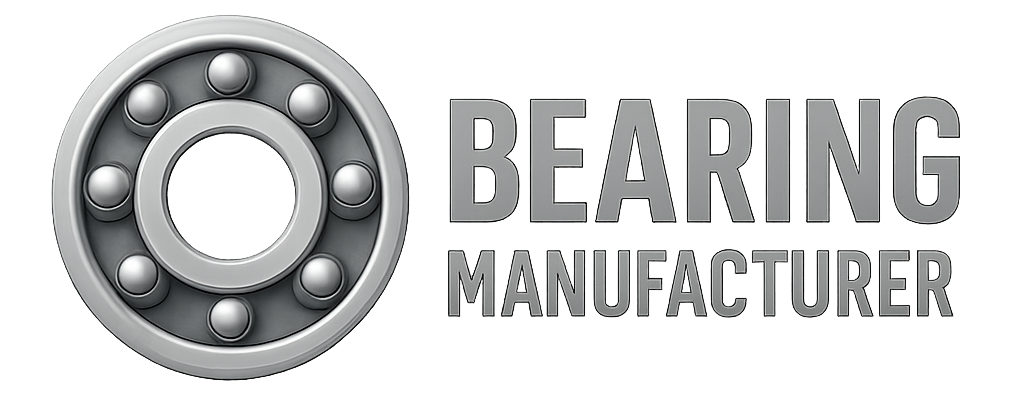In mechanical design and machinery operation, bearings and bushings are critical components that support shafts and reduce friction during movement. Although they are often mentioned together, they are structurally and functionally distinct. Understanding their differences is essential for selecting the right component for your application.
What is a Bearing?
A bearing is a precision component designed to facilitate smooth and efficient rotational or linear motion. Made from hard materials like steel or ceramics, bearings are capable of handling high speeds and heavy loads for extended periods.
Advantages of Bearings:
-
Excellent load capacity and speed tolerance
-
High wear resistance and long service life
-
Ideal for high-performance and continuous operation
Common Types of Bearings:
-
Thrust Bearings
-
Angular Contact Bearings
-
Needle Bearings
-
Sleeve Bearings
-
Flange Bearings
-
Plain Bearings
What is a Bushing?
A bushing, also known as a sleeve bearing, is a simpler component typically made from softer materials like bronze, plastic, rubber, or PTFE. Bushings are designed to absorb shock, reduce vibration, and provide low-friction support in sliding applications.
Advantages of Bushings:
-
Simple design and easy installation
-
Good vibration damping and noise reduction
-
Cost-effective and suitable for static or low-speed applications
Common Types of Bushings:
-
Sleeve Bushings
-
Flanged Bushings
-
Tapered Bushingsbearing
-
Spherical Bushings (Rod End Bearings)
-
Linear Bushings
-
Oil-Impregnated (Self-Lubricating) Bushings
How Material Affects Bushing Performance
The choice of material has a significant impact on the durability, friction, and maintenance needs of a bushing:
| Material | Pros | Cons |
|---|---|---|
| Bronze | High strength, wear resistance, corrosion resistant | Requires regular lubrication |
| Plastic (e.g., Nylon, POM) | Self-lubricating, corrosion-resistant, low maintenance | Lower load capacity |
| PTFE | Very low friction, maintenance-free | Lower heat resistance |
| Rubber/PU | Excellent shock absorption and quiet operation | Limited to low-load applications |
Bushings vs Bearings: Which One Should You Choose?
When deciding between bushings and bearings, consider the following factors:
| Criteria | Recommendation |
|---|---|
| Load & Speed | High speed/load → Bearings; Low speed/load → Bushings |
| Smoothness of Operation | Bearings offer smoother, more consistent motion |
| Noise Level | Bushings are generally quieter |
| Lubrication & Maintenance | Bushings are ideal for self-lubricating or hard-to-reach areas |
| Budget | Bushings are usually more cost-effective |
Final Thoughts: Bearing or Bushing?
The right choice between a bearing and a bushing depends entirely on your application requirements.
-
If your system demands long-lasting, high-speed, precision motion, bearings are the preferred solution.
-
If your application involves lower speeds, heavier loads, minimal maintenance, or tight budget constraints, bushings can be a practical alternative.
Understanding the functional and economic differences between these two components empowers engineers and buyers to make informed, performance-driven decisions.
